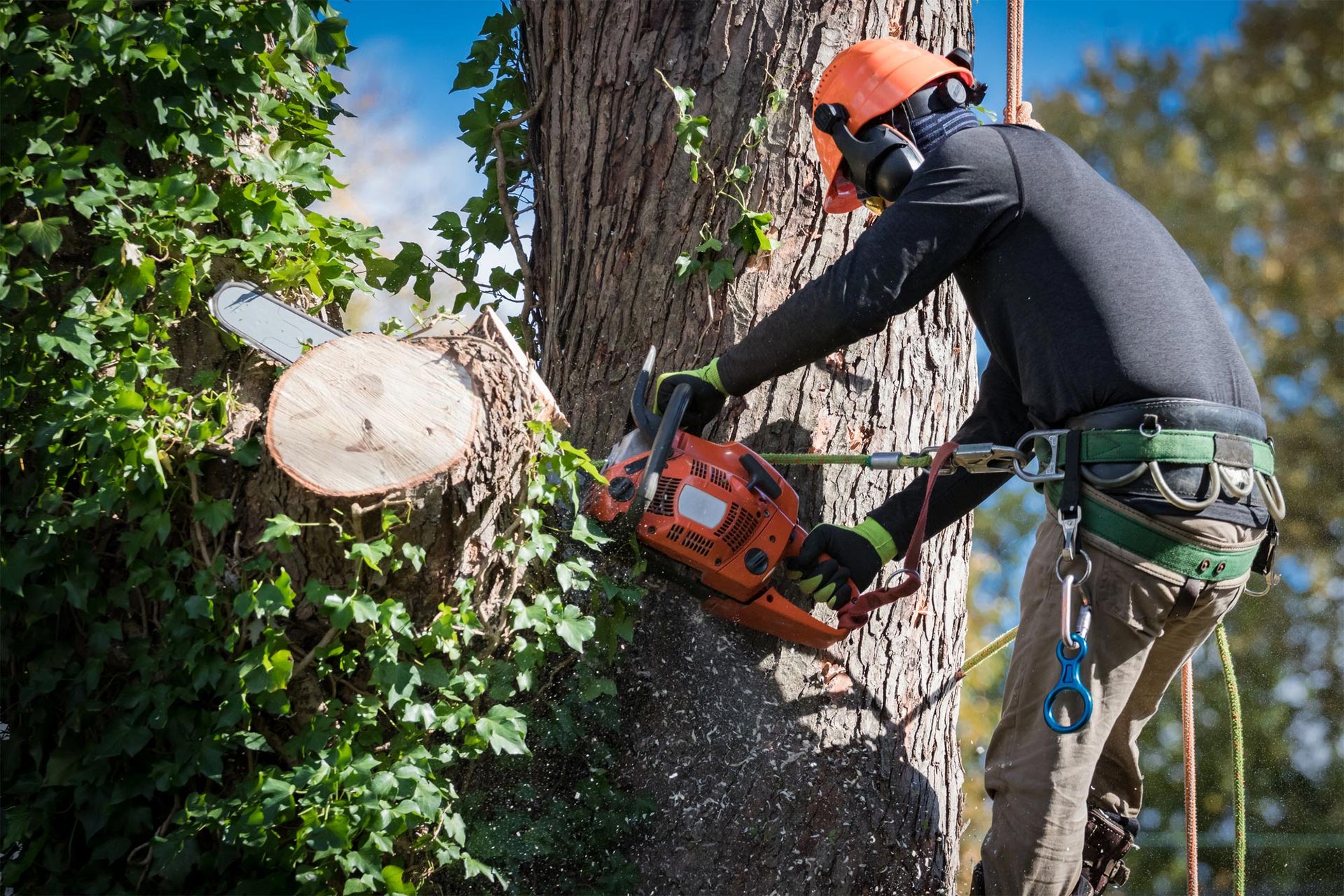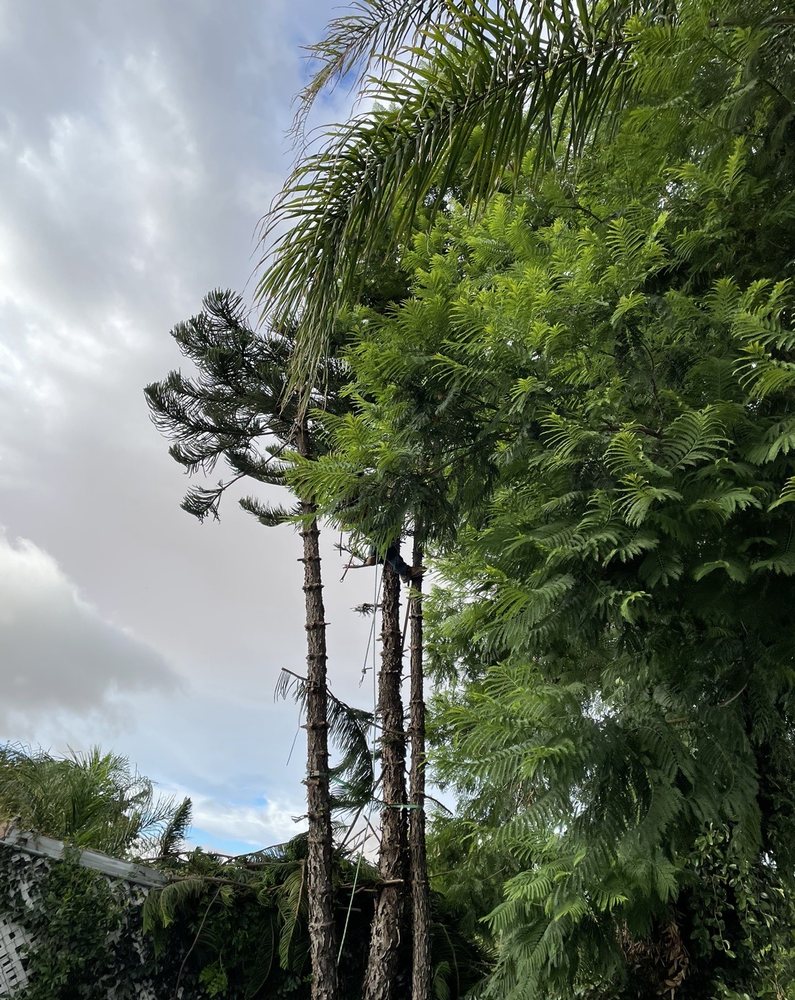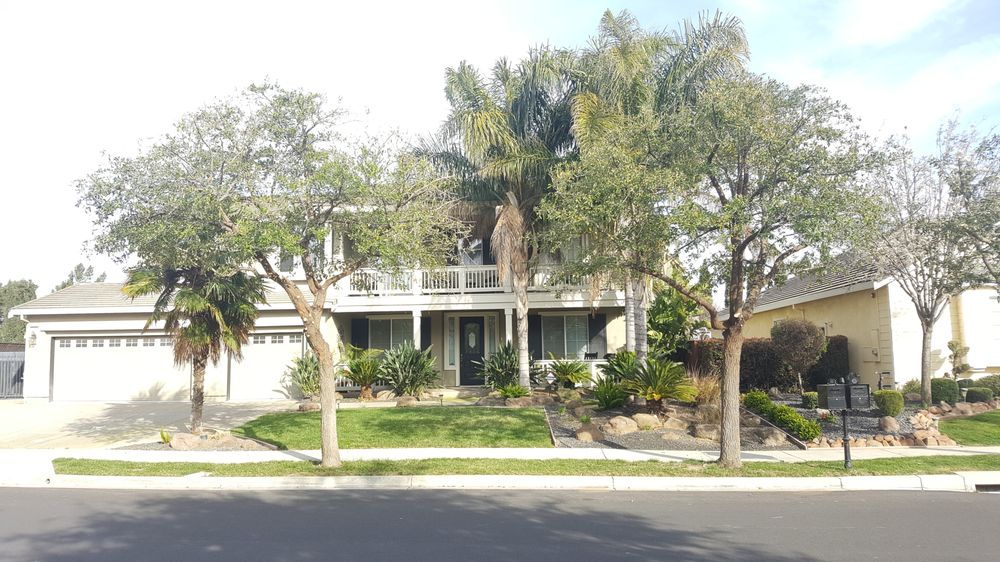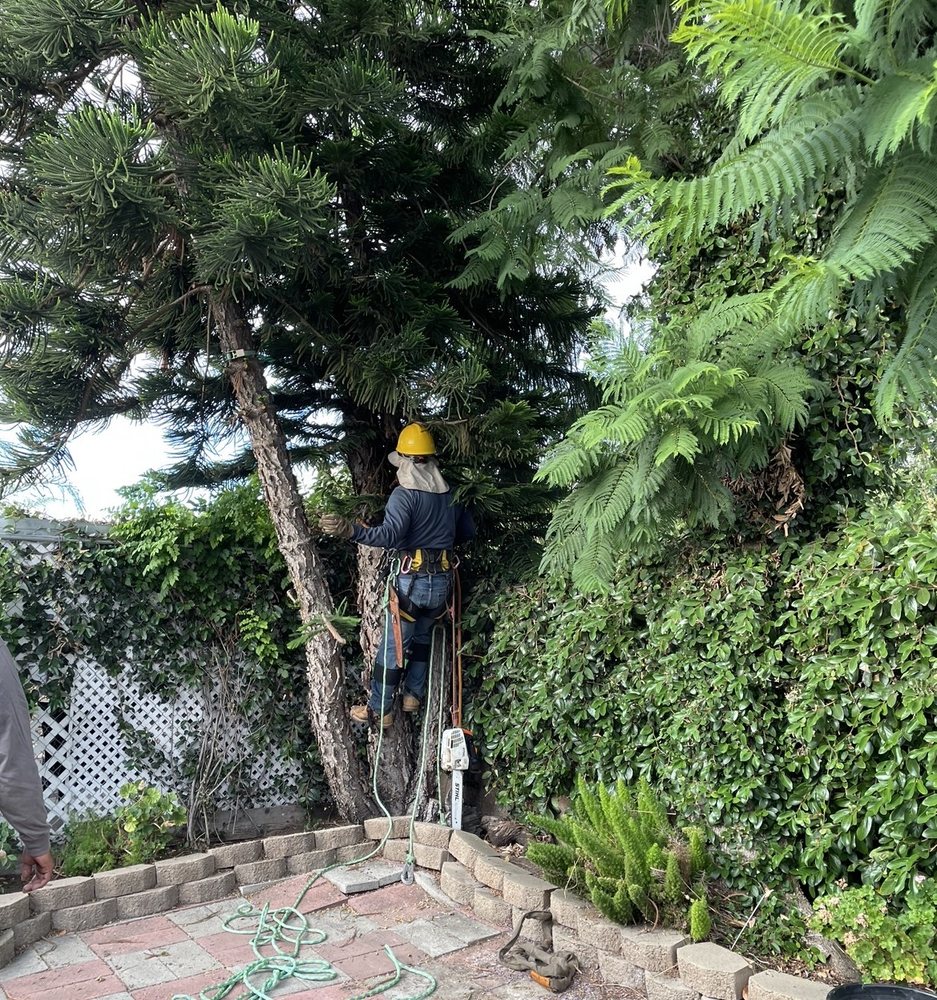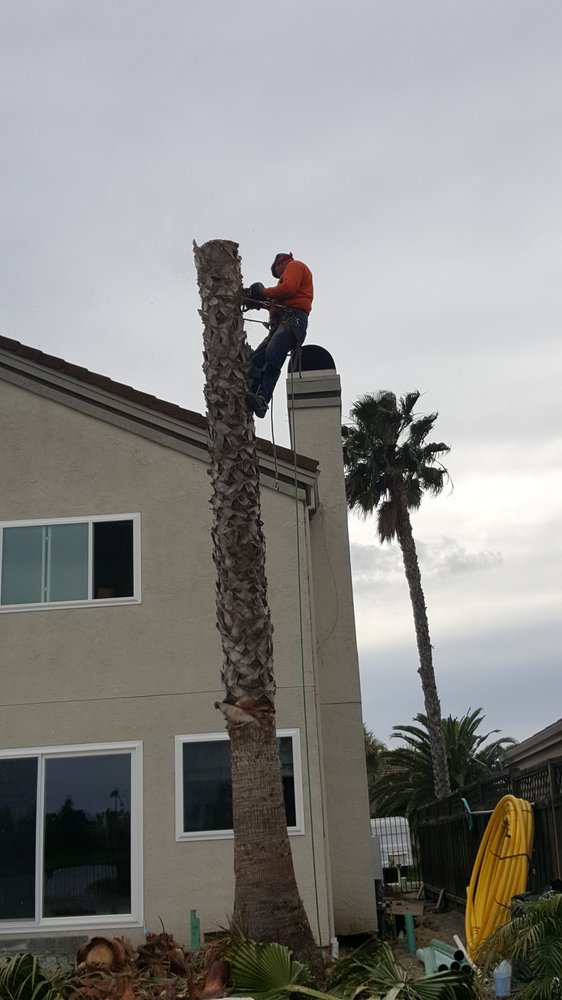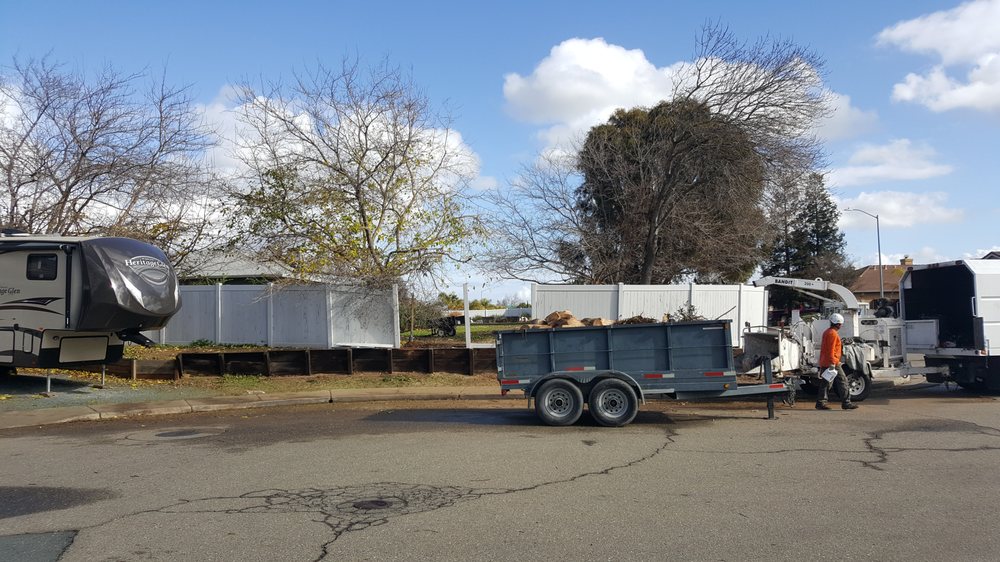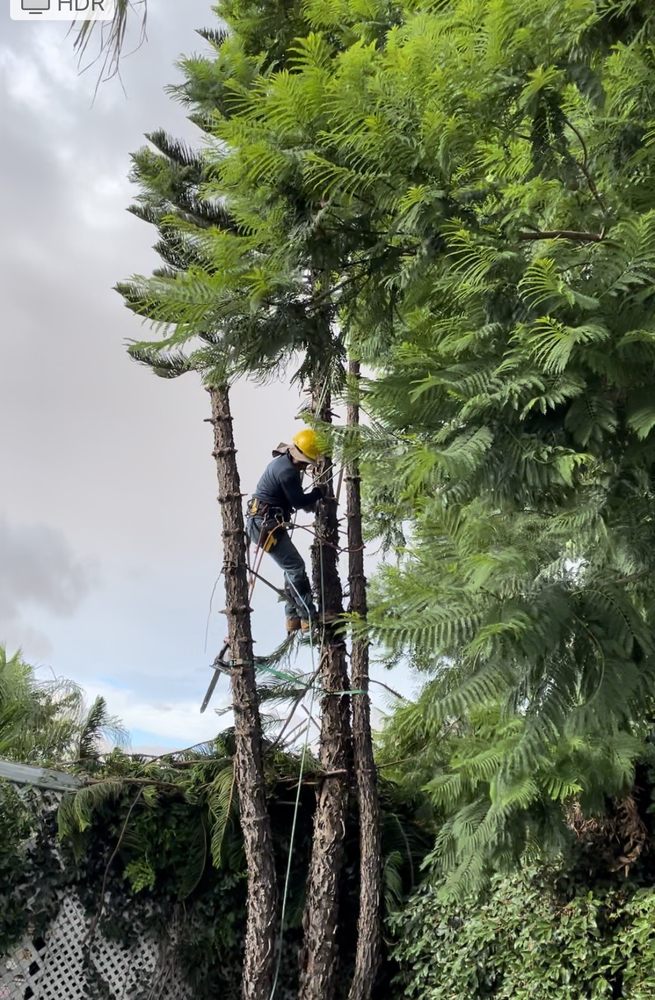In Brentwood, where the beauty of nature meets the unpredictability of the elements, JC Tree Service stands ready to address the urgent needs that arise from unexpected events. Whether it’s the aftermath of a storm, an earthquake, or an unforeseen accident, our emergency tree removal services ensure the safety and security of our community’s properties and residents. With a commitment to swift action and professionalism, we’re here to provide peace of mind in the face of nature’s challenges.
Emergency Tree Removal Services in Brentwood: Responding to Nature’s Unpredictable Forces
Tree removal isn’t always a matter of planning. Should a tree be forcefully removed from its roots due to events like earthquakes, storms, or vehicular accidents across California, JC Tree Service offers immediate emergency response with just a call. Our services extend to communities within the various neighborhoods and areas within Brentwood.
The forces of nature such as strong winds, flooding, and seismic activities can result in trees being dislodged. Such dislodged trees pose a threat of toppling, potentially harming buildings and other structures on the premises. More critically, these trees could interfere with power lines, risking disconnection or even triggering fires and electrical dangers. It’s imperative for any Brentwood homeowner, property manager, or utility service provider overseeing client properties to promptly address the removal of any dislodged trees.
Our emergency response team at JC Tree Service is on standby to clear dislodged trees from properties throughout Brentwood, prioritizing the safety of both our workforce and our clientele. We are dedicated to eliminating tree-related risks on your or your clients’ premises, thereby reducing the likelihood of fire, structural damages, and various other hazards.
Storm Damage Evaluation and Removal
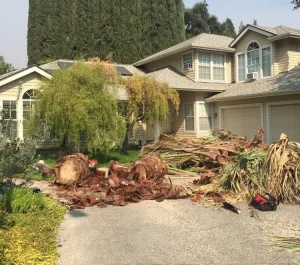
Storms can inflict substantial damage on trees, and those that have fallen or are significantly damaged may pose a risk to your property and safety. It’s essential to have these damaged trees professionally evaluated, as they may need to be removed by skilled arborists to ensure the safety of your home or business.
JC Tree offers urgent tree removal services in various neighborhoods and areas within Brentwood, providing assessments and inspections for damage caused by storms or other unforeseen events. For quick, efficient, and professional tree removal and prompt property assessment in emergencies, contact us immediately for swift storm damage cleanup assistance.
Expert Emergency Tree Removal Services
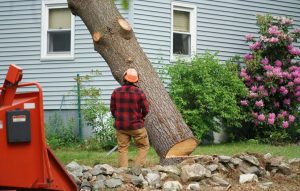
At JC Tree, we understand that the forces of nature can act without warning, creating urgent and potentially dangerous situations for homeowners and property managers alike. Our response to this unpredictability is rooted in a foundation of unwavering support and readiness. Our highly skilled team, boasting years of collective experience and rigorous training, is adept at swiftly evaluating and addressing the risks associated with damaged or fallen trees. We employ the latest in technology and heavy machinery, enabling us to tackle any emergency with precision and efficiency.
Our services extend beyond mere removal; we are experts in conducting thorough damage assessments, ensuring that every potential risk to your property is identified and mitigated. Our approach is comprehensive, considering not only the immediate removal of the tree but also the long-term safety and aesthetic of your property. Whether a tree has become a hazard due to a storm, an earthquake, or an unexpected accident, you can count on JC Tree to provide prompt, efficient, and effective solutions. Our commitment to your safety and the preservation of your property is paramount, making us the go-to service for emergency tree removal needs.
Documentation for Insurance on Tree Damage
In the wake of tree-related damage, the path to recovery often involves navigating the complexities of insurance claims—a process JC Tree significantly simplifies for its clients. Recognizing the critical need for prompt and effective action, our team is on standby 24/7, ready to respond to any emergency. Whether it’s a seemingly minor issue like a branch entangled in a power line or a major hazard such as the removal of a towering 100-foot tree, our professionals are equipped to handle the situation with expertise and efficiency. Faced with the challenges of intense rain, wind, or any adverse weather conditions, we prioritize swift action to prevent any additional damage to your premises.
Understanding the importance of thorough documentation in the aftermath of an emergency, JC Tree provides detailed evidence of the damage and our intervention. This documentation includes comprehensive reports and high-quality photographs, capturing the extent of the damage and the steps taken to remedy the situation. This level of detailed evidence is crucial for insurance claims, offering clear and undeniable proof of the damages and the necessary emergency services rendered.
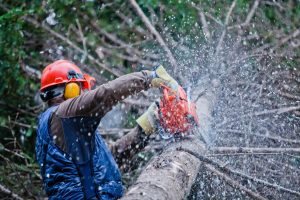
Our goal is to not only restore safety and normalcy to your property, but also to ensure that you have the necessary documentation to facilitate a smooth and successful insurance claim process. Our commitment to providing such a comprehensive service highlights our dedication to supporting our clients through every step of the recovery process, making JC Tree a trusted partner in emergency tree removal and damage assessment.
Give Us a Call For a Free Consultation and Free Quote!
In Need of Tree Services? Facing an Emergency? Contact Us Now!
Reach out to learn more about our comprehensive tree services, inquire about our competitive pricing, or to arrange a consultation with one of our expert arborists. Our courteous and informed team is eager to address any questions you might have, anticipating the opportunity to assist you shortly!

